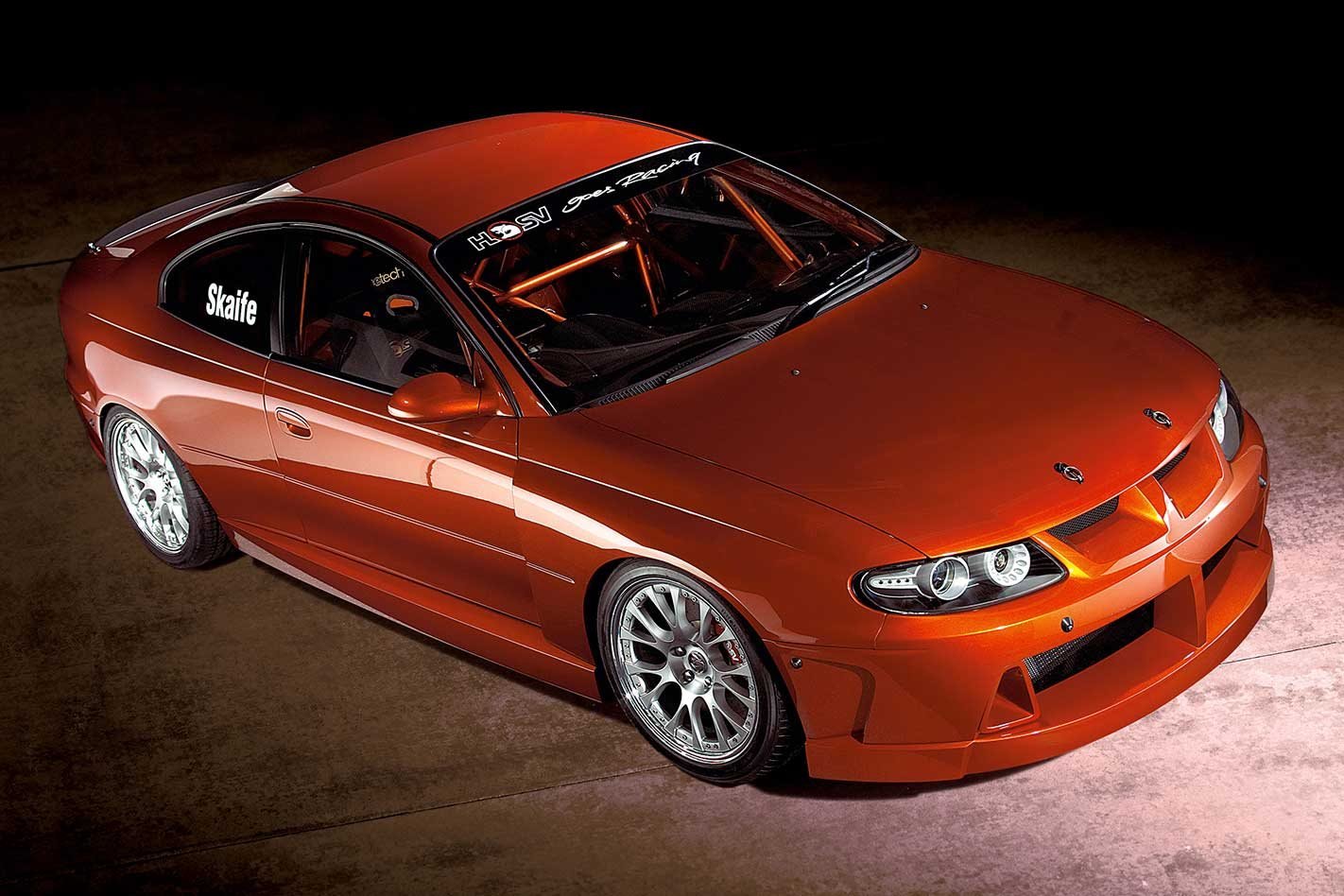Just what the world needs; another look-but-don’t-touch, non-drivable, motor-show-only, wooden-blocks-for-suspension concept car. Forgive me, HSV, but that’s kind of what I was expecting when word leaked that a Sydney motor show special was being hatched down Clayton way.
This feature was originally published in MOTOR’s December 2004 issue
But hell, was I wrong. See, the GTS-R is not only a driver, it’ll also (probably) go into very low volume production for the sake of one-make racing series, both here and abroad.
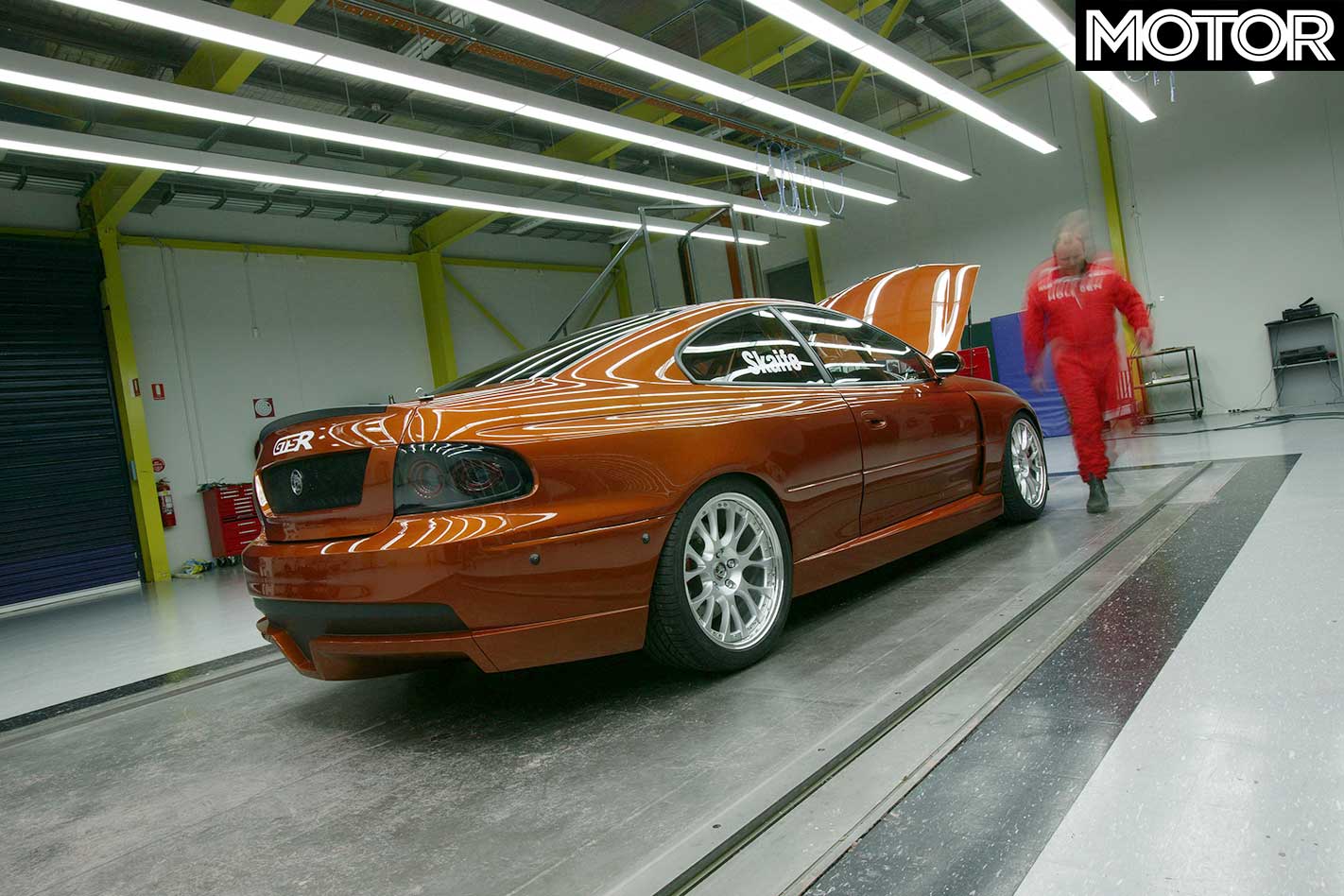
Better, much better than that, is the fact that you (yes, you dear reader) will be able to front up at HSV with a big bag full of unmarked bills and buy yourself a GTS-R. How much dosh? Good question, and one that (almost) nobody seems interested in answering. HSV’s marketing man Chris Payne doesn’t want to discuss it, other than to say HSV is taking orders right now.
“We’re not saying anything about the price, because we don’t know. And because we don’t want to make the same mistake as we did with the HRT 427,” he said.
You will recall, of course, that the 427 was killed off partly because there was no way the thing could have been built at the price ($220k was the proposed figure) that was bandied about at the time of its announcement.
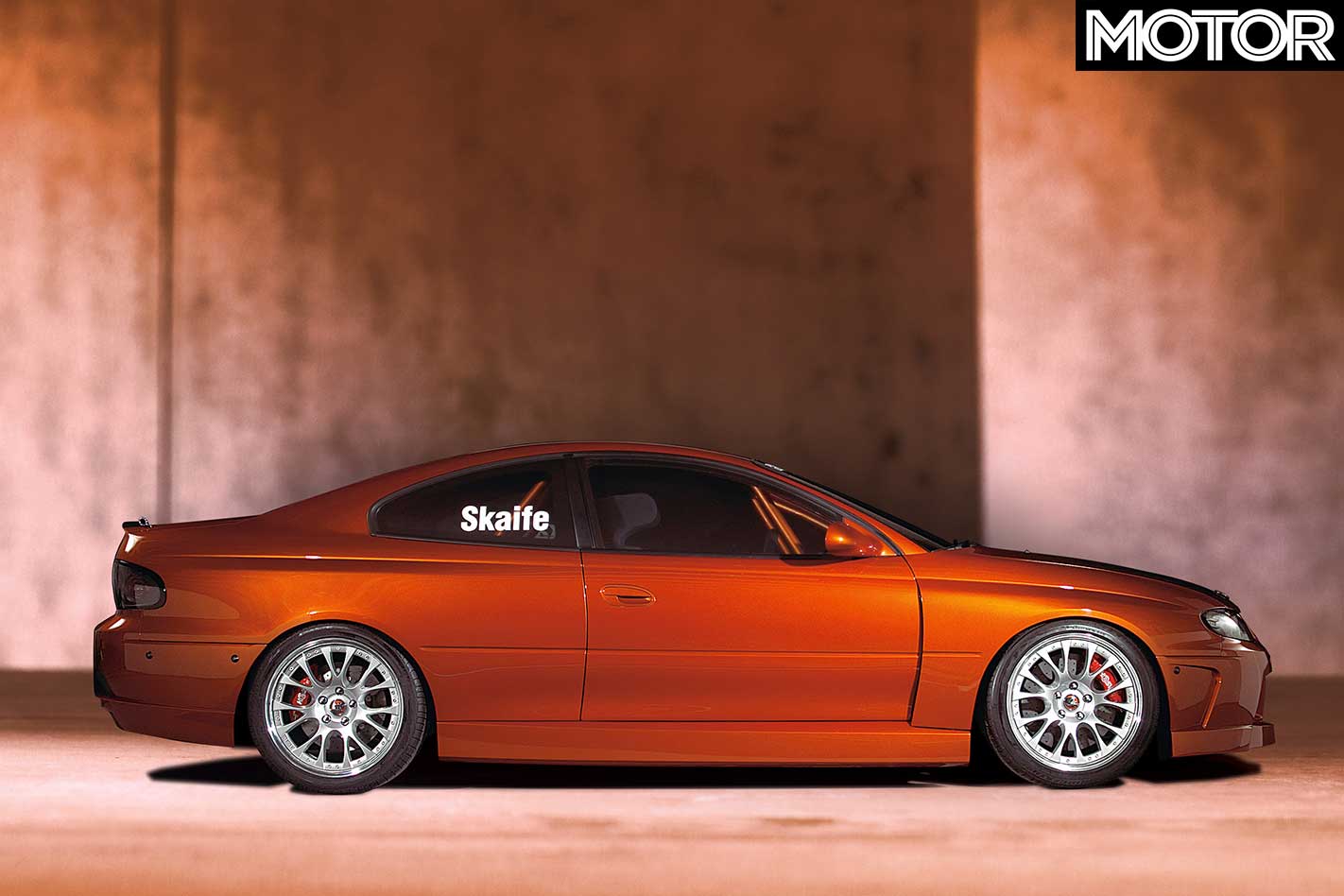
On the other hand, HSV’s head honcho, John Crennan, was a little more expansive.
“Maybe between $150k-$180k,” he said, in an unguarded moment. The catch, of course, is that you won’t be able to register a GTS-R for road use. No catalytic converters, a full roll-cage, no air-bags and a bunch of un-ADRed bits and pieces mean no GTS-R will ever see duty on the Queen’s highways.
There’s also no CAMS-sanctioned category into which the car might fit. Not that there won’t be in the future, of course, and in the mean time, you can always club race or hill climb the bugger. We certainly would.

FAST FACTS 2004 HSV GTS-R Coupe concept
BODY: 2-door coupe DRIVE: rear-wheel ENGINE: 6.0-litre, 16-valve pushrod V8 POWER: 335kW at 6200rpm TORQUE: 605Nm at 4800rpm BORE/STROKE: 101.6mm x 92.0mm WEIGHT: 1450kg (approx) POWER-TO-WEIGHT: 231kW/tonne TRANSMISSION: six-speed manual SUSPENSION: MacPherson struts, coil springs, Ohlins adjustable dampers with remote canisters, anti-roll bar (f); semi-trailing arm, coil springs, Ohlins adjustable dampers, anti-roll bar (r) BRAKES: 374mm carbon ceramic cross-drilled & ventilated discs mounted on full floating alloy hats, six-piston calipers (f), 343mm cross-drilled & ventilated cast iron discs on full floating alloy hats, four-piston calipers (r); ABS WHEELS: 19 x 9.0-inch (f), 19 x 9.5-inch (r); alloy TYRES: Bridgestone 050; 245/35 ZR19 (f), 275/30 ZR19 (r) PRICE: $150,000-$180,000 (est)
Racer boy
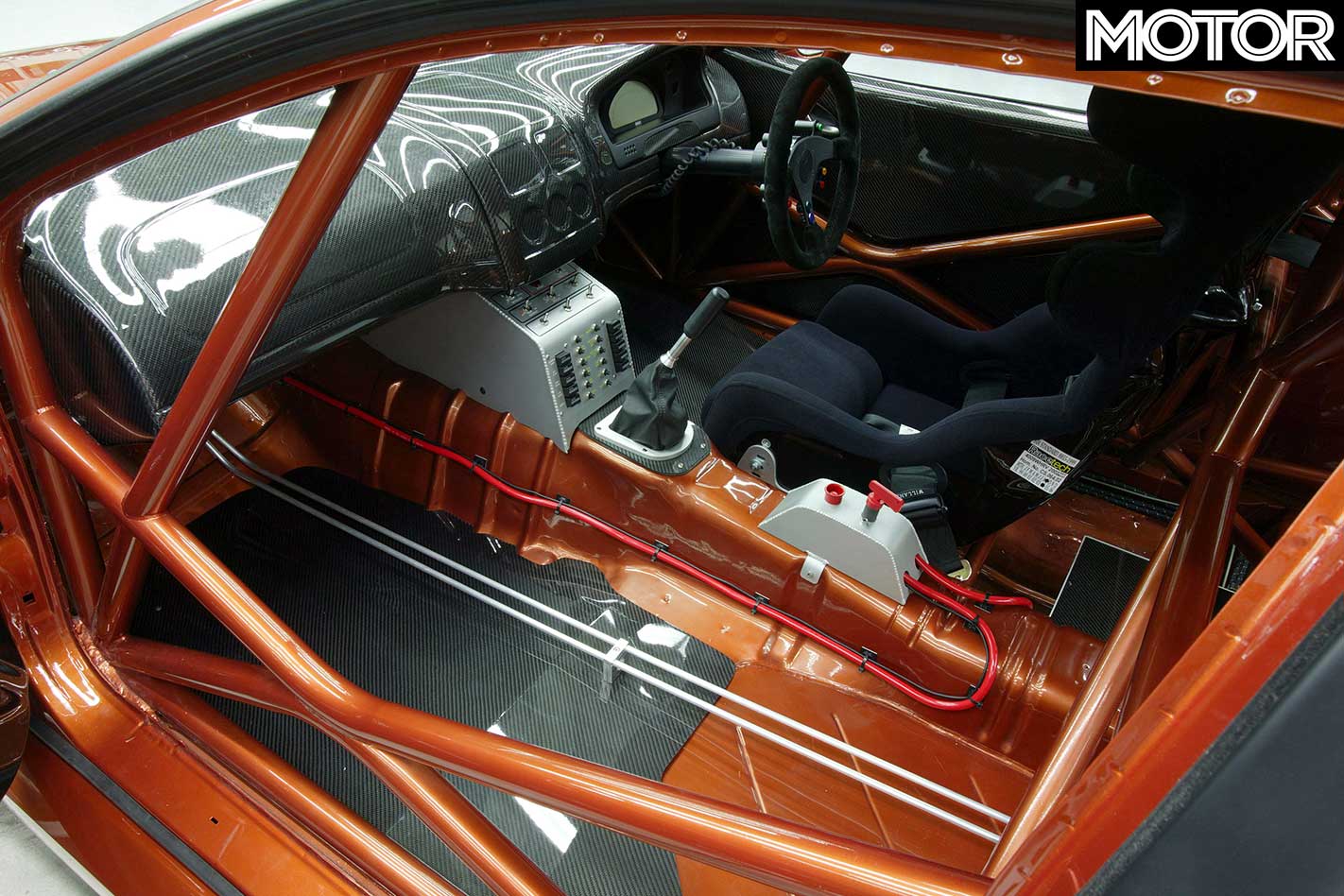
The real race-car stuff includes a bigger, baffled sump, which looks absolutely gorgeous, plonked in the centre of a truly magnificent fabricated cross-member with masterful TIG welding.
There’s an engine oil cooler to go with the increased oil capacity, although HSV has resisted the urge to dry-sump the LS2. But it has fitted a race-style, dry-break fuel cell with a sexy alloy filler and breather, mounted high on the car’s kerbside hip. An aluminium swirl tank is positioned downstream of the low-pressure fuel pump and upstream of the high-pressure job, acting as an accumulator to eliminate any glitches in fuel delivery.

Equally track inspired is the cooler for the diff, which runs a spool and 3.73:1 gears. The middle man is a close-ratio version of the old six-speed manual ’box, with a high clamp-load clutch completing the package.
The suspension was made in-house and consists of lower front control arms from the Coupe4 and billet cromoly everything else. Ohlins adjustable dampers (optional on some HSV road cars already) are a nice touch and there’s an adjustable, blade-style front sway-bar. The steering rack is 10 percent quicker than a GTS and there are braided kevlar fuel, oil and hydraulic lines everywhere you look.
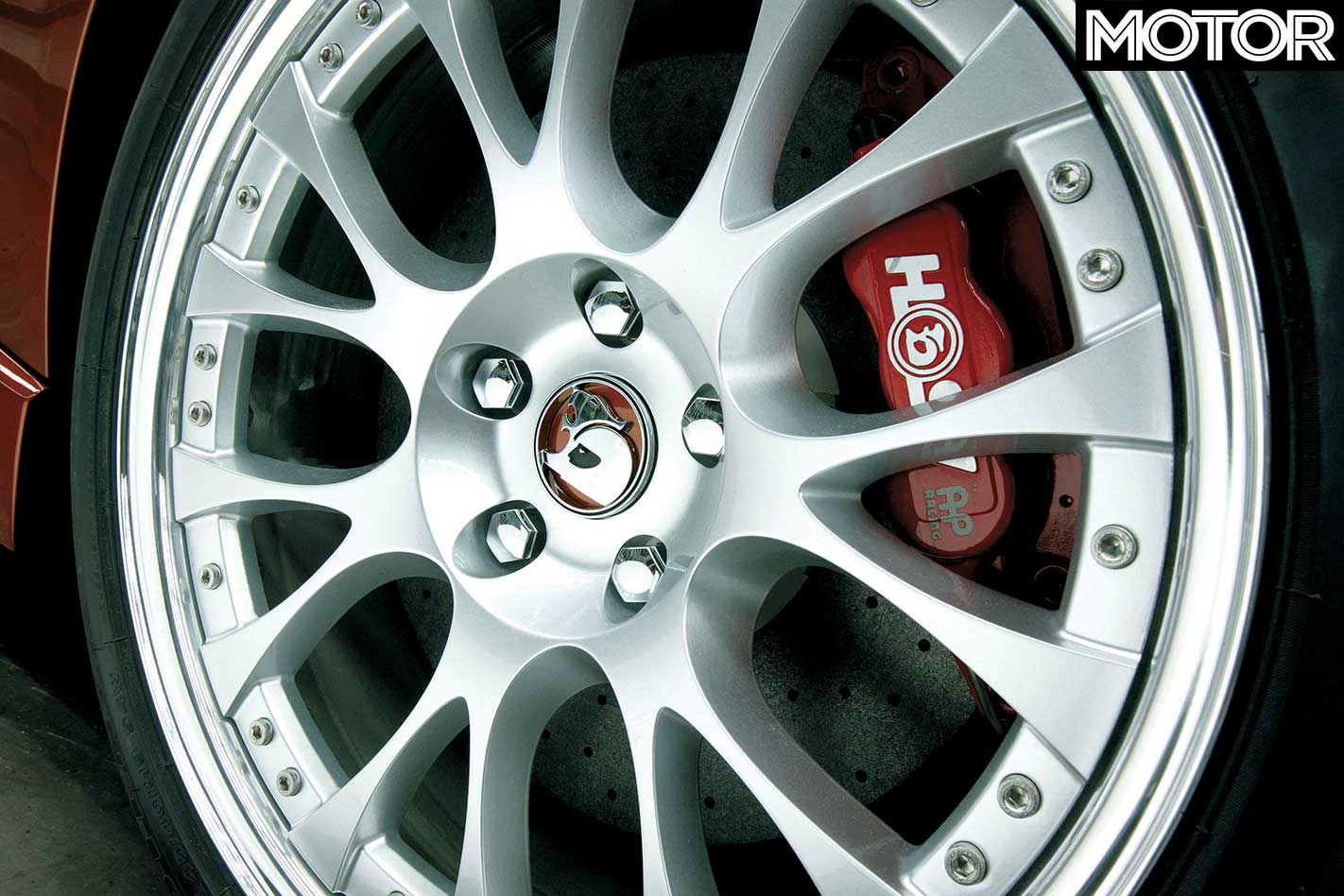
To stop the GTS-R you get AP Racing six-piston calipers up front, grabbing 374mm (true) carbon-ceramic rotors on fully floating aluminium hats. Wheels are three-piece, lightweight 19s, shod in Bridgestone 050 hoops, because, amazingly, you can’t buy 19-inch slicks anywhere.
An on-board extinguisher system is fully integrated and has nozzles in the engine bay, cabin and boot. And the final touch: a heated front windscreen, a la a V8 Supercar – just like Skaifey’s.
Engine room
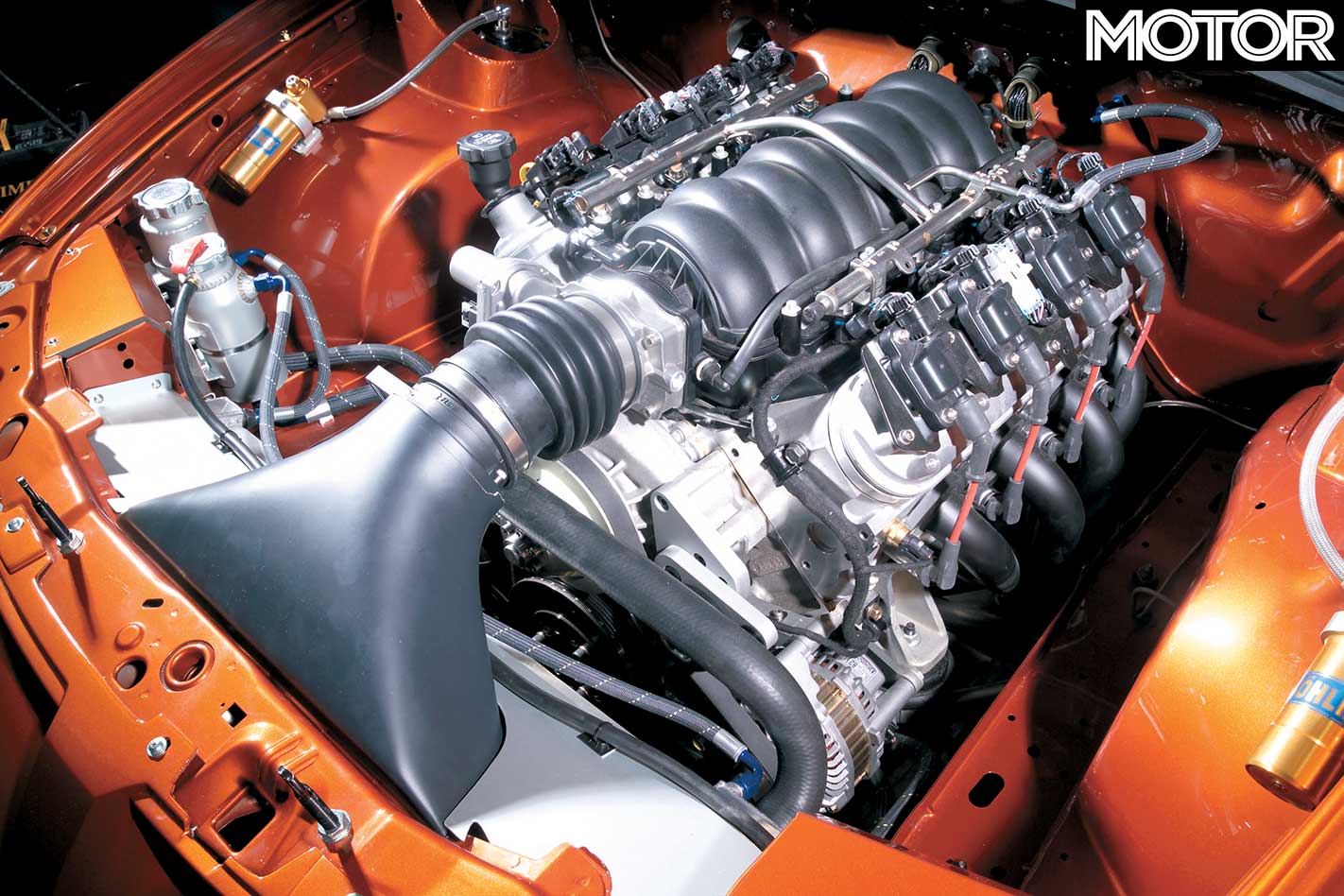
The hardware is based around the LS2, complete with the standard 6.0-litre capacity, but with forged pistons and billet conrods to cope with being caned around a race-track all day and night. A double-row timing chain is also fitted in the interests of reliability and there’s a lumpier camshaft, roller rockers and a recalibrated ECU.
The headers are bent up from 1.75-inch tube and flow into a dual 2.5-inch system in stainless steel with dead sexy side outlets. There’s a cold-air intake that gulps big lungfulls from across the top of the radiator, an angled, aluminium radiator, no less, which also incorporates a heat exchanger for the power steering.
Compared with the 297kW of the stock LS2 that is now standard in HSV’s road-going range, the GTS-R cranks out 335kW at 6200rpm and a freckle-tensioning 605Nm of torque at a bellowing 4800rpm.
Ministry of the interior
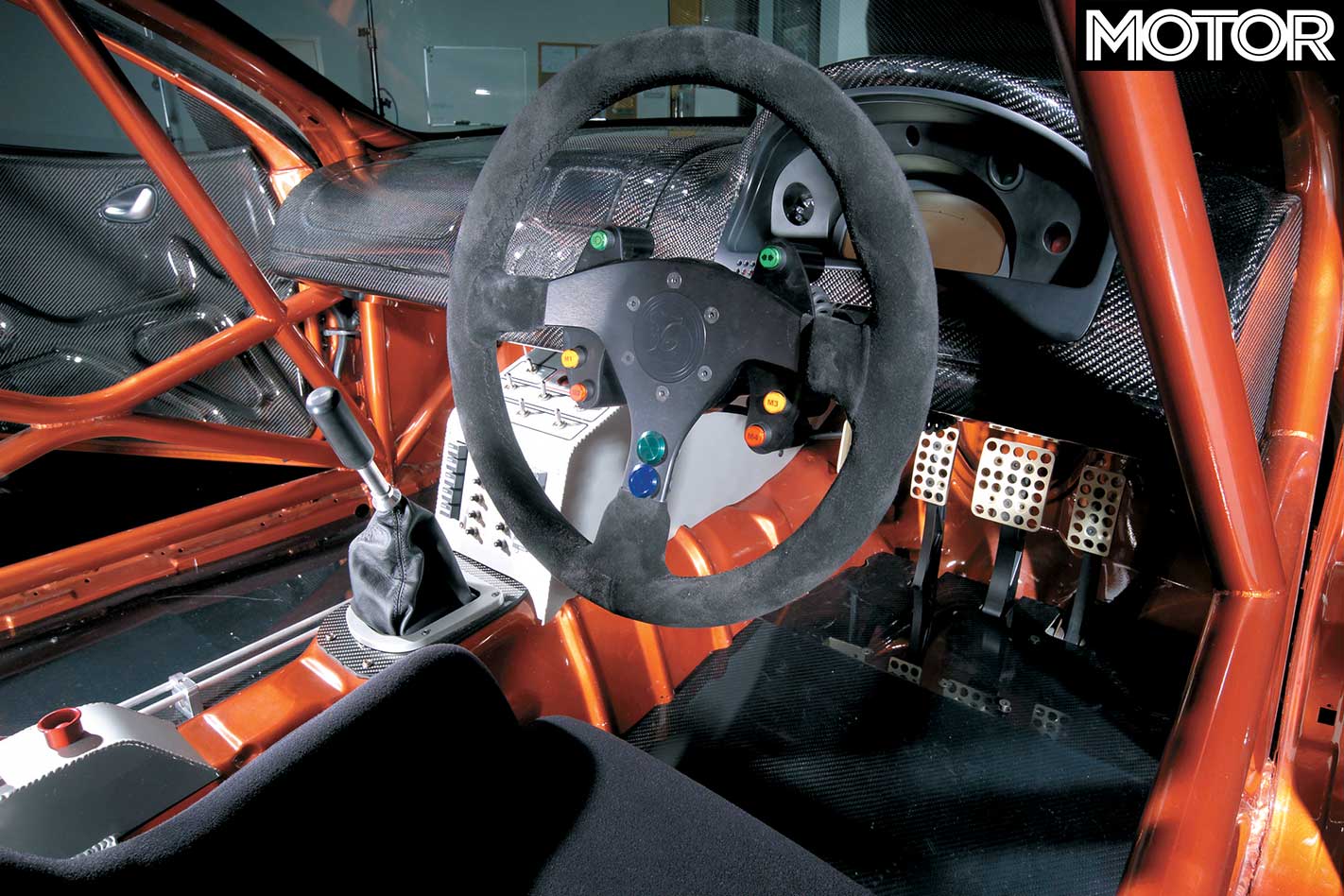
There’s 52 metres of cromoly roll-cage, built to full FIA specs, which also picks up the major suspension stress points for huge torsional rigidity. The cage has been subjected to a finite element analysis to make sure it’ll cop the necessary stresses before somebody accidentally throws a GTS-R into the Armco.
There’s a competition seat and harness and a suede, three-spoke tiller with buttons for high/low beam, the dashboard display options and the adjustable brake bias.
The dash is pure competition-car, MoTeC stuff, with data-logger, and there’s a race-style switch panel complete with circuit-breakers. All around you is carbon-fibre, including the dash-pad, floor panels and the door trims, the latter with very sexy indents to accommodate the roll-cage.
And for real bragging rights, the AP Racing pedal box is fully adjustable and uses pull (rather than push) style master cylinders, allowing for front-rear bias adjustment on the move.
Body beautiful

The Monaro is obviously the starting point, but the GTS-R is a pretty radical departure from the original in most respects. Obviously, the front and rear fascias are unique to the car, with HRT tipping in some experience in how to angle the rear diffuser for max effect.
Because it uses the same track as the Coupe4, the GTS-R also had to be widened, so it gets a specific front quarter panel, which incorporates vents in the trailing edge. The rear guards are also pumped and the bonnet has been gutted of its internal ribs for reduced weight. The bootlid is carbon-fibre and quite different to the Monaro-spec lid, as well as incorporating an active rear spoiler.
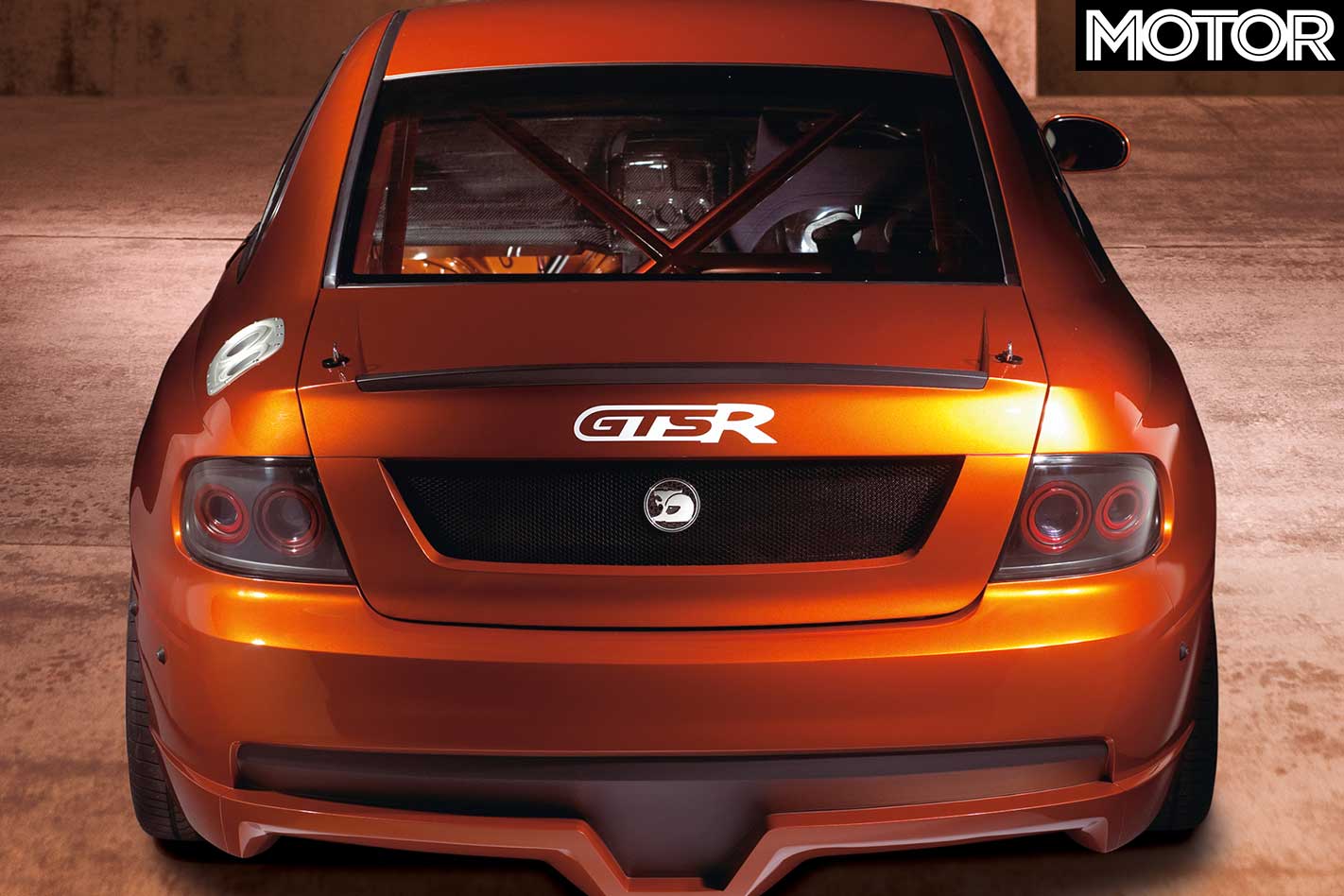
Headlights are HID units with LEDs for indicators and parking-lights, while the tail-lights are also LED units giving HSV an opportunity to have a crack at technology it hadn’t previously been exposed to. Mind you, in its race-car guise, it’ll ditch the fancy lights because they’d only be taped over.
Seeing double
Probably the only time you’ll see Ferrari and HSV compared, but have a squiz at the rear end of the GTS-R and the Fazza F430. The diffusers are pretty much the same design and the GTS-R even uses a similarly shaped boot spoiler. And a final piece of Ferrari flattery is the mesh insert in the trailing edge of the bootlid. Sure, it’s not quite the same as the F430, but it’s a dead ringer for the 360 Challenge.

